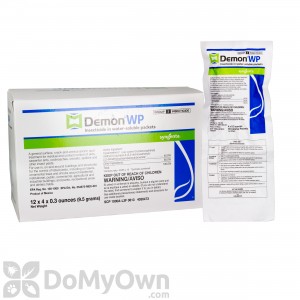STEP 1: Find the Entry Point or Colony
Acrobat Ants may nest outdoors in decaying logs, stumps, and hollow tree cavities, or indoors in voids (including abandoned Carpenter ant nest and Termite galleries) and insulation. When you first notice invading Acrobats, they may form an obvious trail which you can easily follow to find exactly where the ants are entering. If the ant trail and entry point is NOT obvious, try the following Honey & Peanut Butter Bait Method:
1) Place a large dab of honey and a dab of peanut butter side by side on a flat note card or piece of tin foil.
2) Place the card or foil in a corner on the floor close to where you notice the greatest ant activity.
3) If the activity is in several places, put out more than 1 card.
Within about two hours, the ants will locate the food source, and form a steady trail of workers to and from the colony to the food source.
STEP 2: Treat the Nest or Colony
The goal with Acrobat Ant control is to locate and treat all existing trails and nests in order to prevent future infestations from "popping up" in an untreated location.
There are several ways to treat an Acrobat Ant colony, depending on its location. If you were unable to locate the colony, skip to step 3. However, keep in mind that baiting has limited results for Acrobat Ants, and treating the colony is far more effective and worth the effort to locate. Cypermethrin products such as Cynoff WP and Demon WP Insecticide are most effective on Acrobat Ants.
- Nests in Structural Voids should be treated with Delta Dust Insecticide. If the existing point of entry is not large enough to inject the dust, a hole may be drilled and later repaired. Apply Delta Dust in a thin layer (generally 2 to 3 puffs) using a Hand Duster.
- Nests in Wood such as structural timbers, fence posts, tree holes, stumps, or logs, should be treated the same as those in structural voids, using Delta Dust Insecticide and a Hand Duster. Holes may be drilled for easier access.
- Nests in Landscape Mulch may be treated with a liquid insecticide such as Cynoff WP, or Demon WP Insecticide. You will also need a Chapin Sure Spray 1 Gal Sprayer for mixing and application. Since mulch is thick and difficult to penetrate, first rake back the mulch to expose the ant colony before treating.
- Nests in Stack of Lumber, Bricks, or Other Material can be treated by unstacking the materials in order to expose the colonies, then drenching the mound(s) with a liquid insecticide such as Cynoff WP, or Demon WP Insecticide. You will need a Chapin Sure Spray 1 Gal Sprayer for mixing and application.
STEP 3: Spray the trails and entry points
Spray Treatments: In addition to treating the colony, it is essential to do a thorough inspection inside and outside for any additional trails, entry points, and hiding places. Each location where Acrobat Ants activity is sighted or suspected should be treated with a Cypermethrin residual product like Cynoff WP, or Demon WP Insecticide to kill any existing ants while preventing new colonies from budding.
Dust Treatments: For total Acrobat Ant control, you will also need to treat any indoor voids where activity is suspected with Delta Dust Insecticide. This is easy to apply using a professional Hand Duster.
STEP 4: Bait if needed
Baiting for Acrobat Ants has limited results, so it is always better to treat trails, entry points, and the colony directly. If you must bait, Maxforce ant products work best for Acrobat Ants. Be sure to read the product label for tips on usage, application rate, and bait placement, etc.
Maxforce Ant Bait Gel- Effective against Acrobat, Argentine, Odorous House, Ghost, Pavement, and Little Black Ants.
Maxforce Ant Bait Stations- Maxforce Ant Bait Stations start to kill ants in just six hours, and tests show 90% population reductions in just four days.
Uncle Albert's Ant Bait Gel- Uncle Albert's is effective for virtually all ants
STEP 5: Prevent future infestations
After you have applied the appropriate pesticide chemicals, these additional non chemical methods will help you to maintain control and prevent future ant infestations:
- Practice good sanitation.
- Limit food preparation and consumption to one or two areas of the home that are cleaned daily. Ants will be less likely to invade if food sources (like crumbs and spills) are not available.
- Eliminate gaps and cracks in the foundation, baseboards, window frames, and door frames with caulk or other appropriate material to eliminate ant entryways.
- Materials such as stacked or piled lumber, stones, bricks, leaf litter, heavy mulch, and other debris that serve as potential ant harborages should be removed as far from the structure as possible.
- Trim the branches of trees, shrubs, and other vegetation that may serve as ant highways so they do not touch the structure.
- Repair leaky pipes and faucets.





